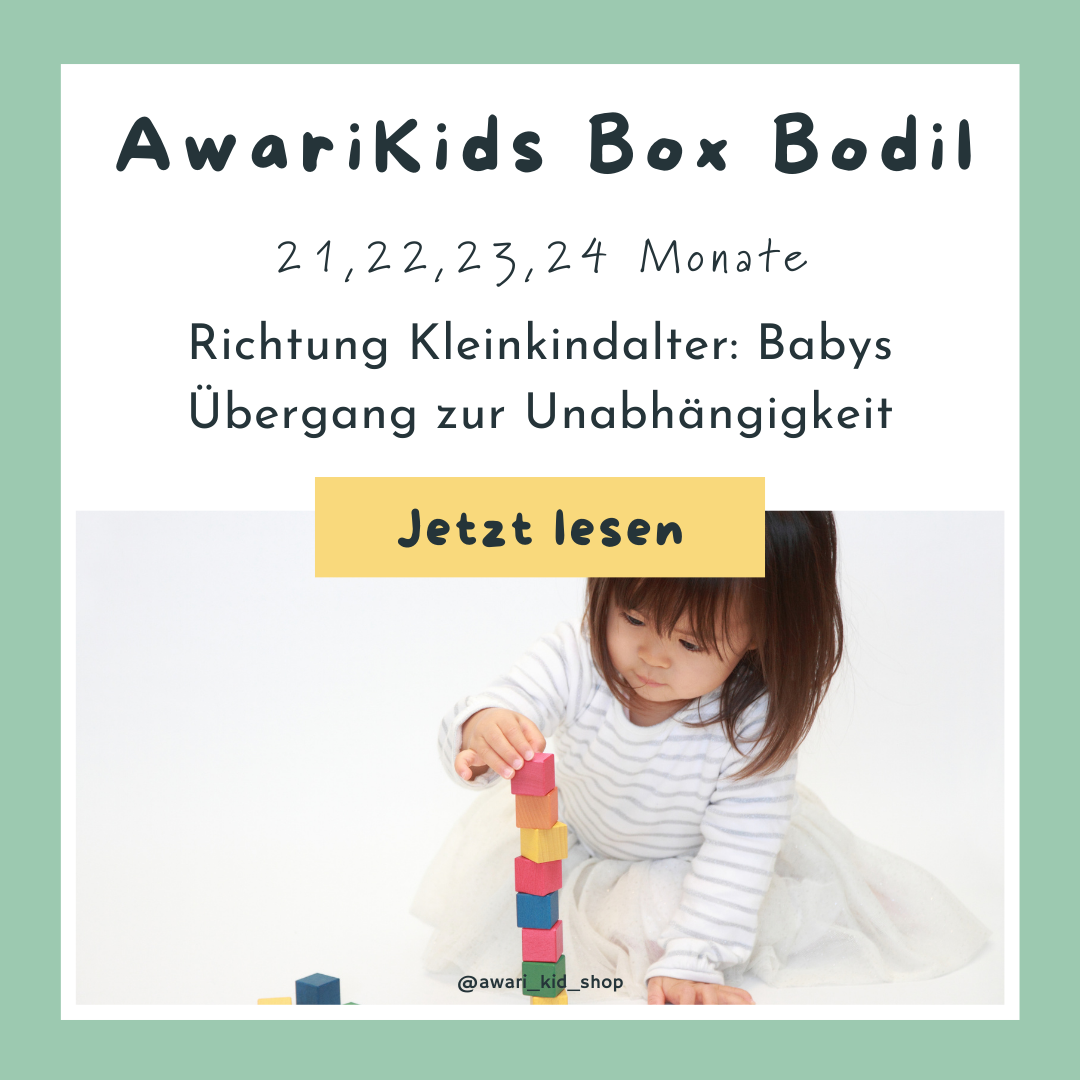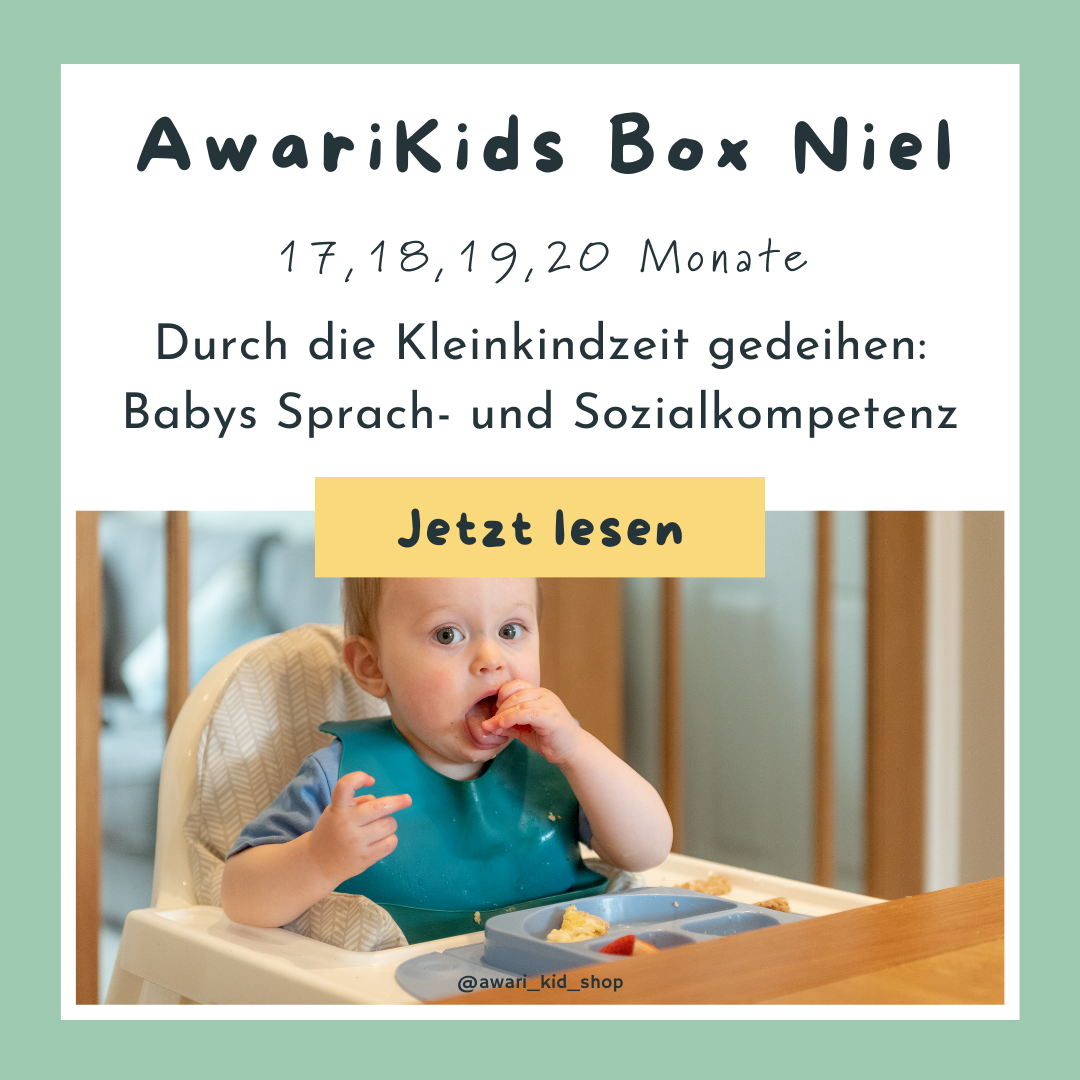Toddler development at ages 18 to 24 months: what happens
feelings
At this age, toddlers experience new emotions such as anger and frustration, guilt, shame, possessiveness, and excitement. These "big" emotions can be difficult for your child to handle, and you might throw some tantrums as a result.
Although your child's separation anxiety peaks around 18 months, it should calm down by 2 years.
Your child is also beginning to think about how they are feeling and may associate feelings with words - for example, your child may be telling you that they are "sad". They might show affection by kissing you or hugging a doll, which is also part of developing empathy.
Everyday Skills
Around this time, toddlers are interested in doing more things on their own.
For example, your child will learn to feed themselves with a spoon and cup and maybe even a fork - they might even spill less than before!
Your child may try to help dress and undress. At this age, your child will find it easier to take off socks, shoes and clothes without buttons.
In general, by the age of 2, your child may be showing signs that they are ready for toilet training. But it's not uncommon for some children to be ready earlier, around 18 months.
play and learn
Play is important because that's how children learn.
At this age, your child will start imagining and creating through role-play—for example, pretending to drink from a cup. As your child gets older, the role-play becomes more complex, and you may find your child doing things like sweeping the floor with a branch. Your child will enjoy spending time with siblings and other children, even when they are not playing directly with others.
Reason
Toddlers like to talk at this age. Your child's words may even have an up and down tone, just like an adult's. You will most likely hear a mix of "chatter" and real words.
At 18 months, your child is constantly learning words—usually 1-2 words a week, or maybe even a word a day. Your child could name and point to familiar objects, people, and body parts—for example, ears, nose, or toes. Your child can also make animal noises like "moo" or say the same sound or word over and over again.
Your child knows their own name and the idea of "mine". Simple phrases and instructions such as "take it to mom" or "let's go for a walk" are being understood better and better. You will be able to better understand what your child is saying to you.
By the age of 2 your child may be able to say "I", "You" and "I" and use 2-3 word phrases - for example "Mommy Car" or "I'll do that".
Exercise
Toddlers usually walk alone and start walking around 18 months. Your child will likely walk up and down stairs or climb on furniture with your help. Throwing and kicking a ball, doodling with pencils or crayons, and building little towers out of blocks may be some of your child's favorite activities.
It's a good idea to look at how you can make your home safe for your active child to move around in.
At this age, your child might also:
Ask “more” and say “no” when asked to do something
copy - for example, they could help you sweep the floor
sit on a small chair
walking around with larger objects
Use one hand more than the other by 2 years.
Supporting the development of young children aged 18-24 months
Here are some simple things you can do to support your child's development at this age:
BE THERE FOR YOUR CHILD: Being around while your child is playing and exploring gives your child confidence to try new things on their own. This can help your child to be independent and self-confident later on.
Give your child opportunities to play with others: Playing is a great way for your child to make friends and learn how to interact with other children. But don't expect to take turns and share just yet — toddlers often think they own everything.
Encourage everyday skills like using a spoon, drinking from a cup and taking off a hat. These skills include both small and large muscle movements, as well as your child's ability to think about what they are doing.
Talk to your toddler: Naming and talking about everyday things—body parts, toys, and household items like spoons or chairs—helps develop language skills. At this age you can teach your child that a "chair" can be a "big chair", a "red chair" or even a "big red chair".
Make sense of your child's speech by listening and responding. When your child says "Mom milk," you could respond by saying, "Would you like Mom to bring you some milk?" This encourages conversation and helps your child develop communication skills. It also makes your child feel valued and loved.
Read with your child: You can encourage your child's speech and imagination by reading together, telling stories, singing songs and saying nursery rhymes.



